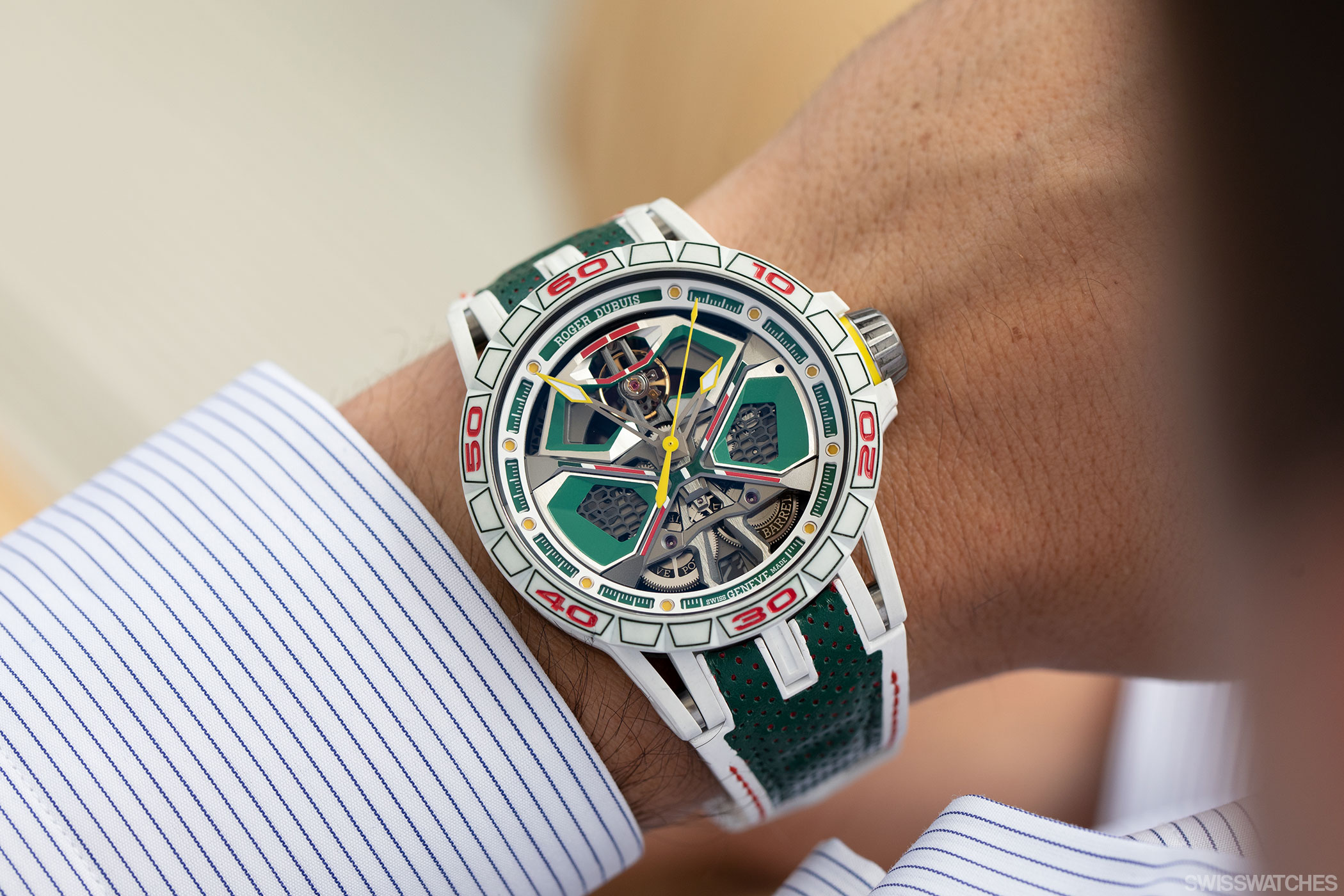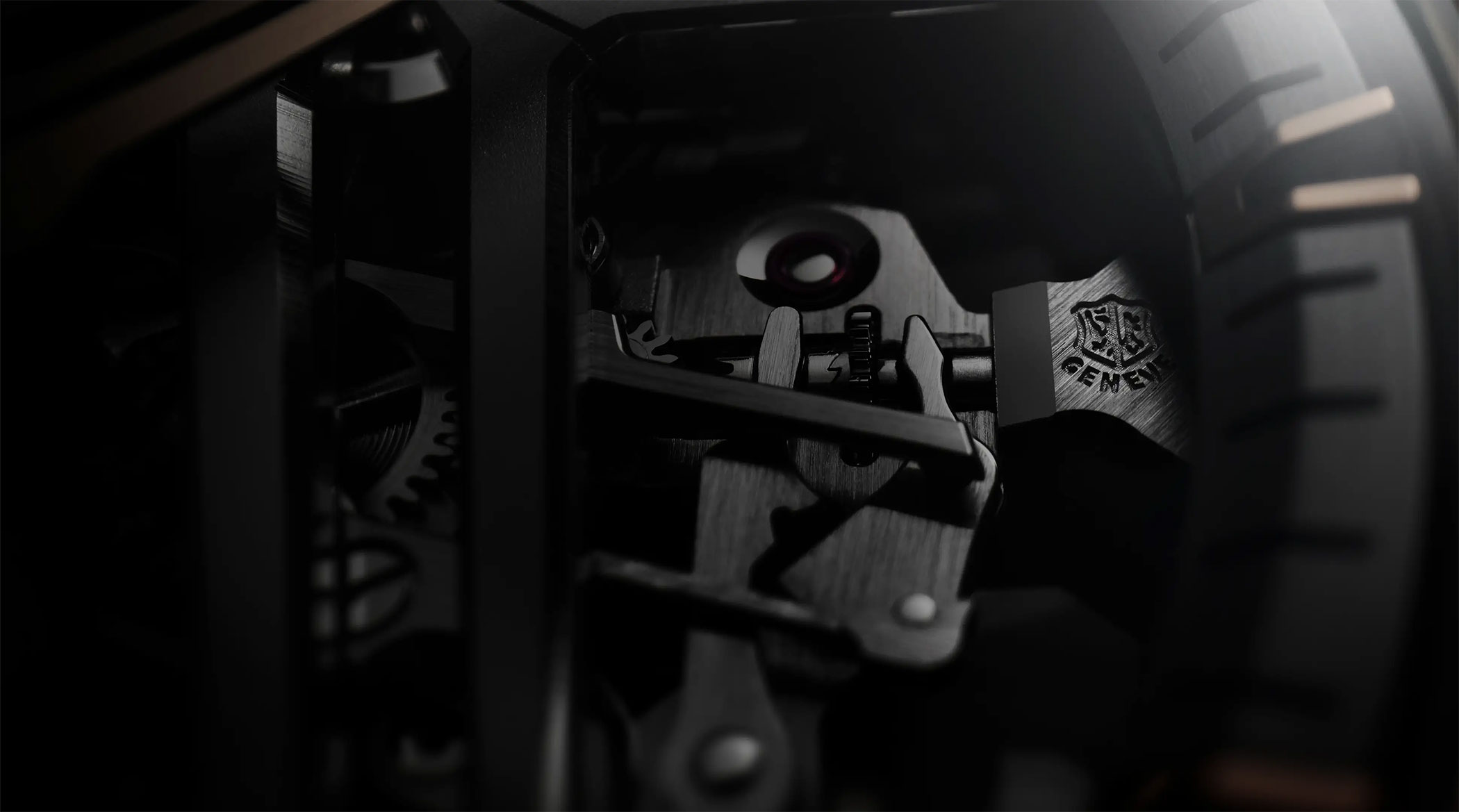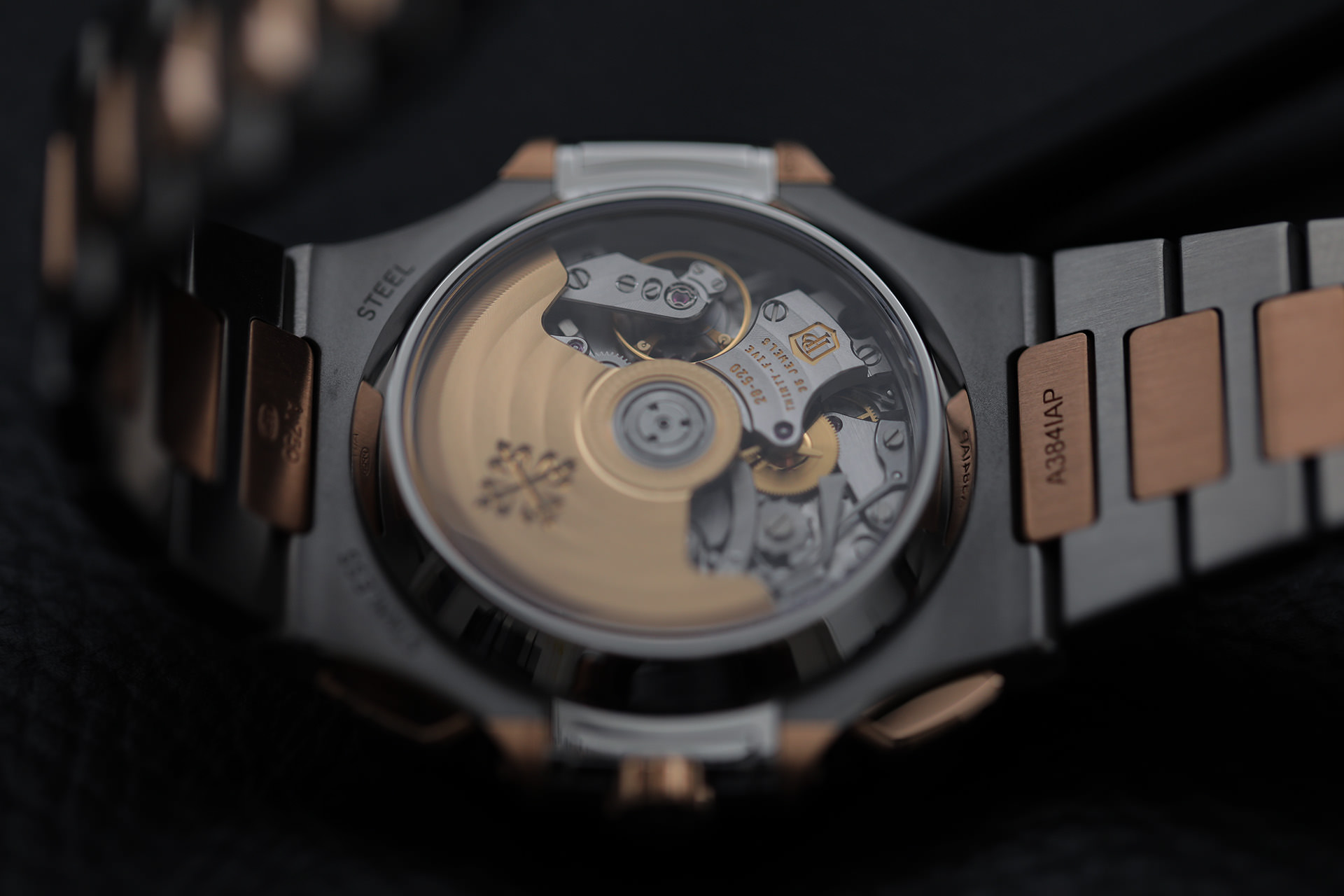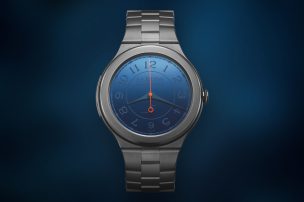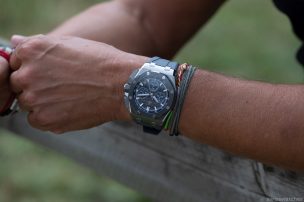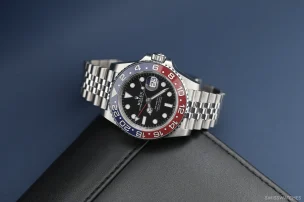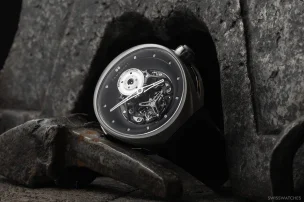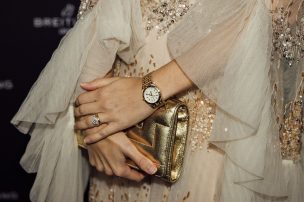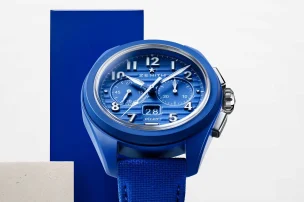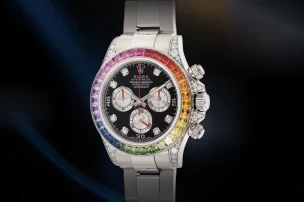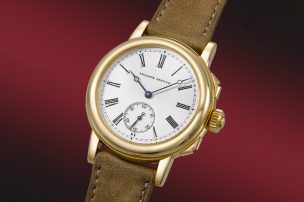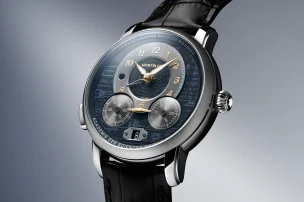
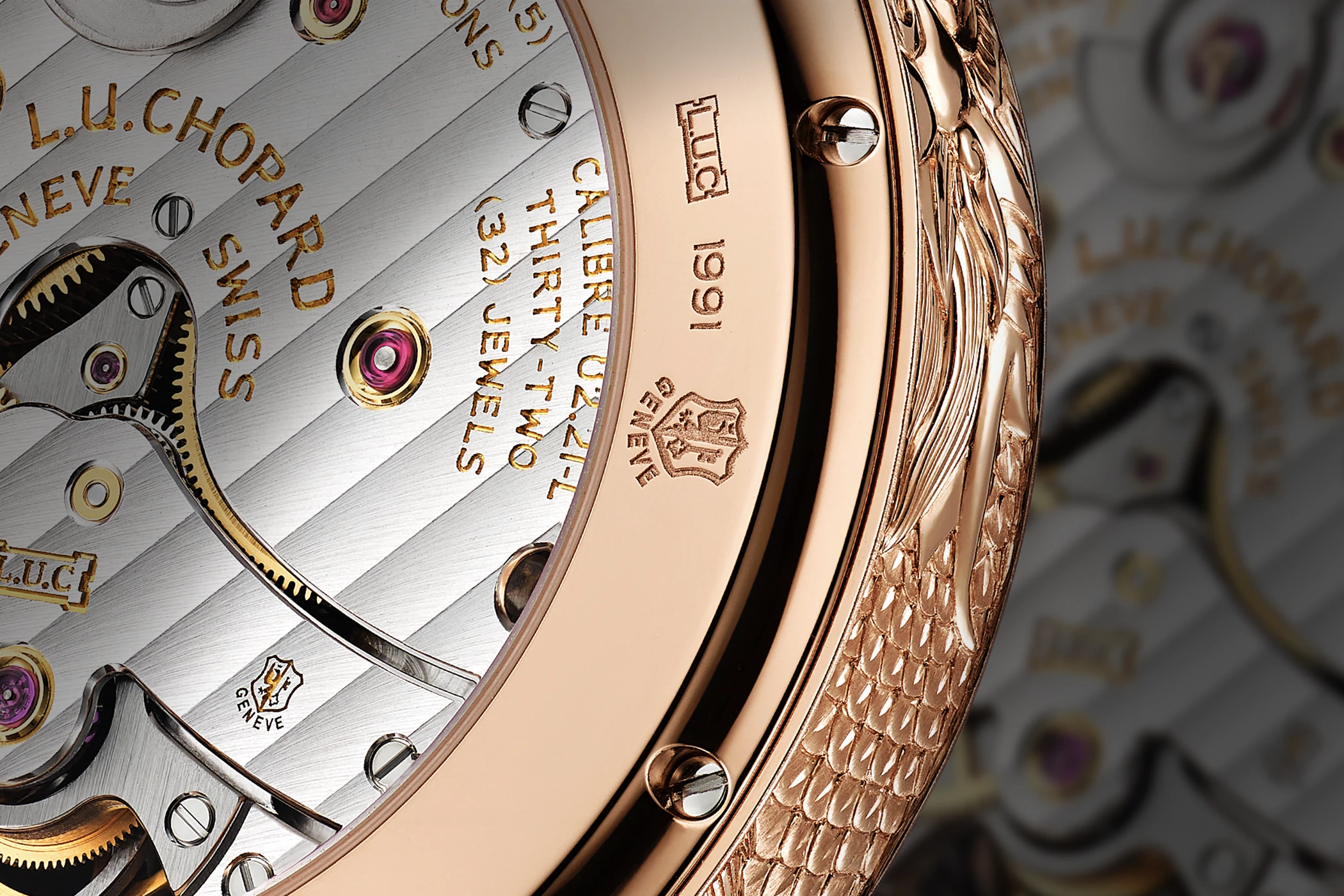
Different Watch Certificates And Quality Seals
You may have read our previous article on what a chronometer is. If so then you’ll know there are many different laboratories that test and certify chronometers. In the meantime, however, other brands have also established their own test criteria and quality seals. In this article, we will break down the main ones and what makes them different from each other.
COSC
Perhaps the most well-known and widely used chronometer certification is the Contrôle Officiel Suisse Des Chronomètres (COSC). This is used by more cost friendly brands such as Tudor and Tag Heuer, as well as representing the base for more prestigious certifications such as that of Omega and Rolex.
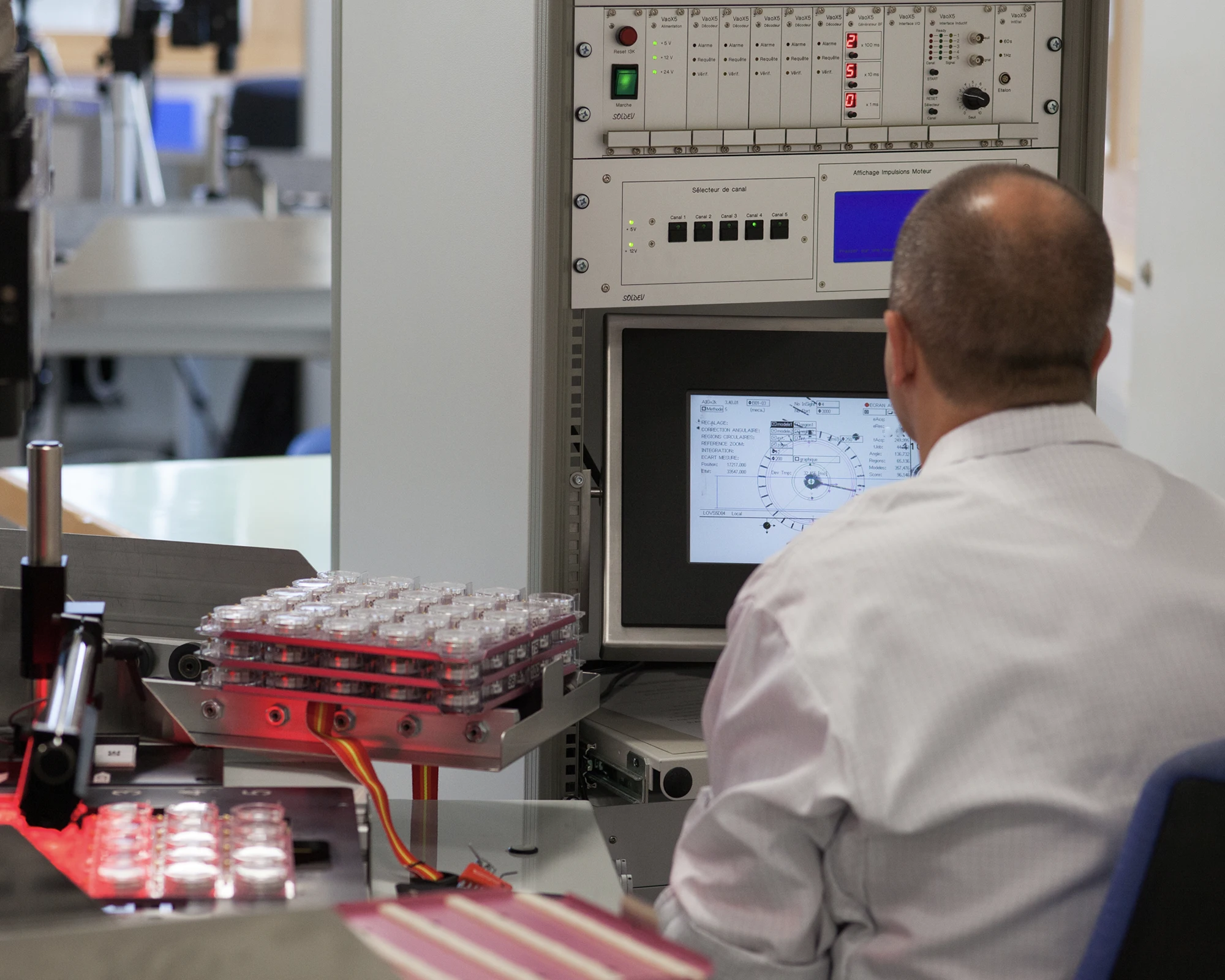
COSC testing takes a total of 15 days, where the movements are wound according to instructions and placed under testing conditions for 15 days straight. During this period, they must meet the following seven criteria:
- Mean daily rate
- Mean variation in rates
- Greatest variation in rates
- Difference between rates in horizontal and vertical positions of the watch
- Greatest deviation in rates
- Variation in rate as a function of temperature
- Resumption of the rate
Movements are eliminated if they fail to meet one of the seven criteria. Only once movements meet all seven criteria at the end of the 15 days can they be certified as chronometer movements with mean daily rate variation of between -4 and +6 seconds per day.
Geneva Seal
Established in 1886, the Geneva Seal is one of the most esteemed chronometer certifications used by the finest of manufacturers such as Chopard, Vacheron Constantin and others. Movements certified with the Geneva Seal of course are required to be produced within the canton of Geneva as a starter. The Seal is then broken down between craftsmanship and reliability.
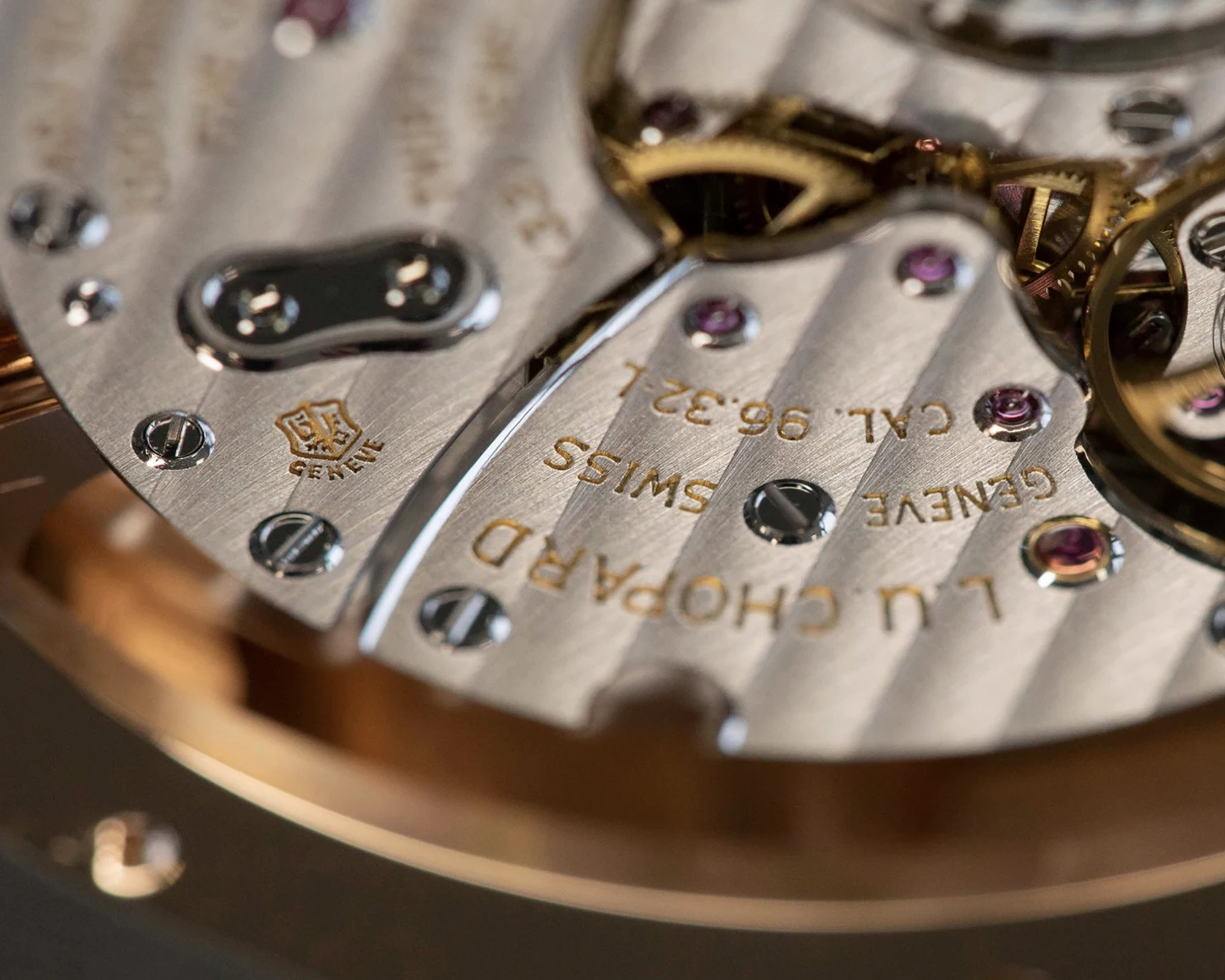
Craftsmanship assesses the finishing and aesthetical aspect of the baseplates and bridges, adjustment system, wheel train and jewels as well as shaped parts. Reliability on the other hand, assesses the quality, functionality, water resistance, accuracy and power reserve of the movement through rigorous procedure.
Also most of the watches from Roger Dubuis carry the Geneva Seal
The combination of these makes the Geneva Seal highly prestigious and representative of absolute quality and functionality. Water resistance is set at no less than 30 metres and the accuracy tolerance is no more than one minute per week, which breaks down to about 8.5 seconds a day, representing approximately -4/+5 seconds per day of variation.
Master Chronometer and METAS
The Master Chronometer Certification used by Omega is an addition to the COSC certification found in many other chronometers. This means that every watch Omega certifies as a Master Chronometer has already had its movement accuracy certified at COSC standard.

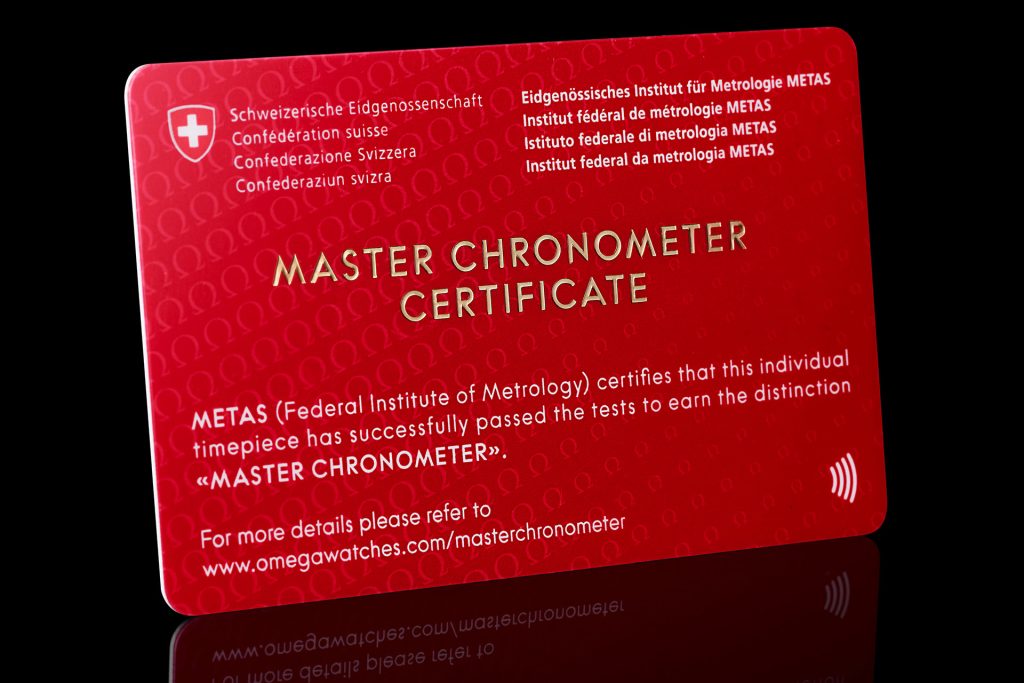
The additional certification is from the birth of METAS in 2015 from a partnership between Omega and the Swiss Federal Institute of Metrology. Under METAS testing, watches go through a further eight tests which involve the movement both deconstructed and as a whole, predominantly regarding anti-magnetic capabilities but also the likes of water resistance and power reserve. METAS certified movements have a variance of between 0 and +5 seconds a day, which is a significant improvement on the regular COSC standards. METAS movements are also certified to have anti-magnetism resistance of 15,000 gauss, as well as 200 metres of water resistance and power reserves of at least 65 hours.
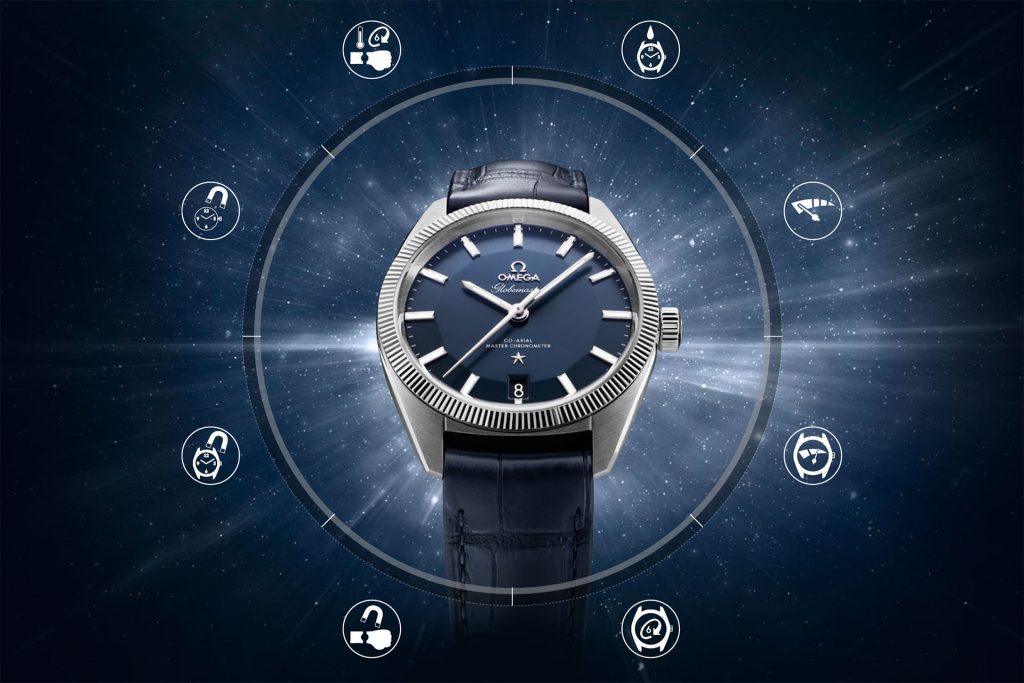
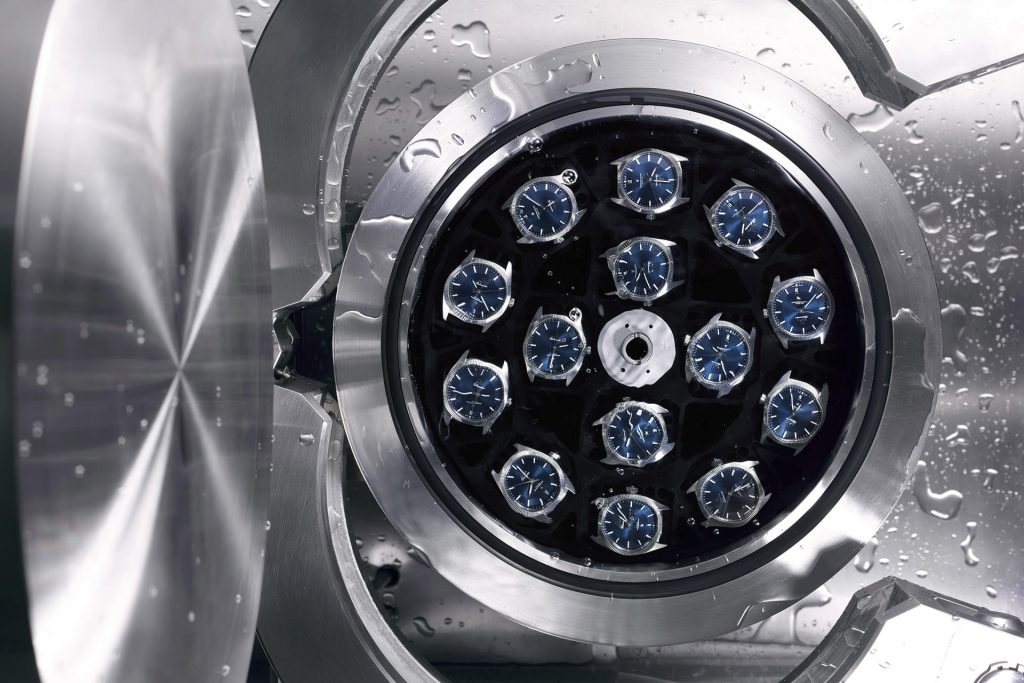
METAS in this instance has been integrated into the Master Chronometer certification, but it can also be used independently to test watches. Tudor is one brand which has been working with METAS in this regard since 2021.
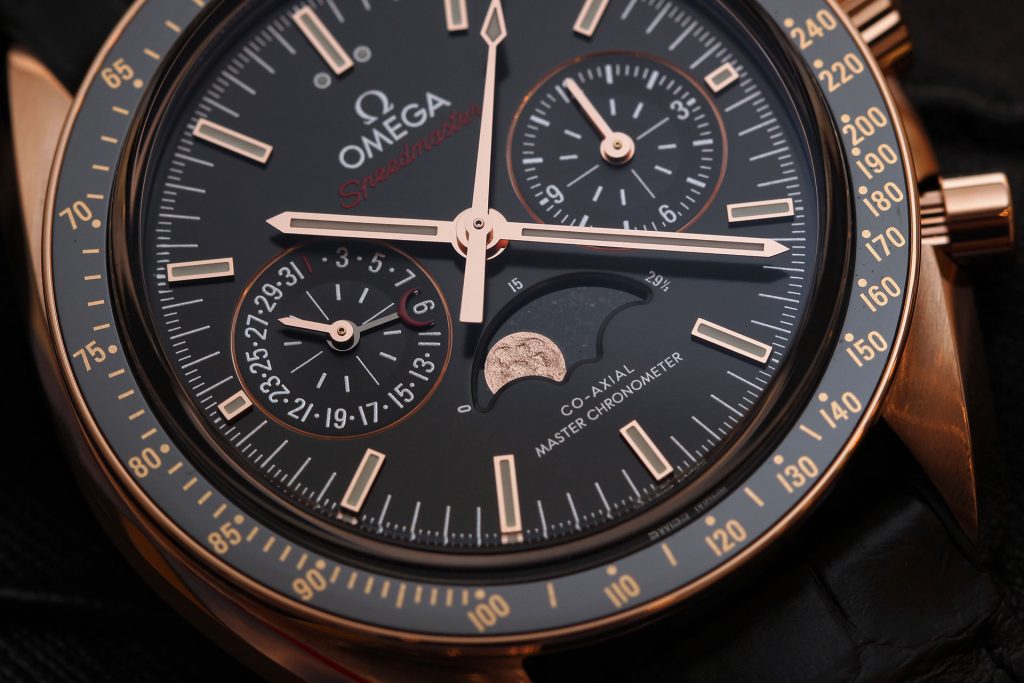
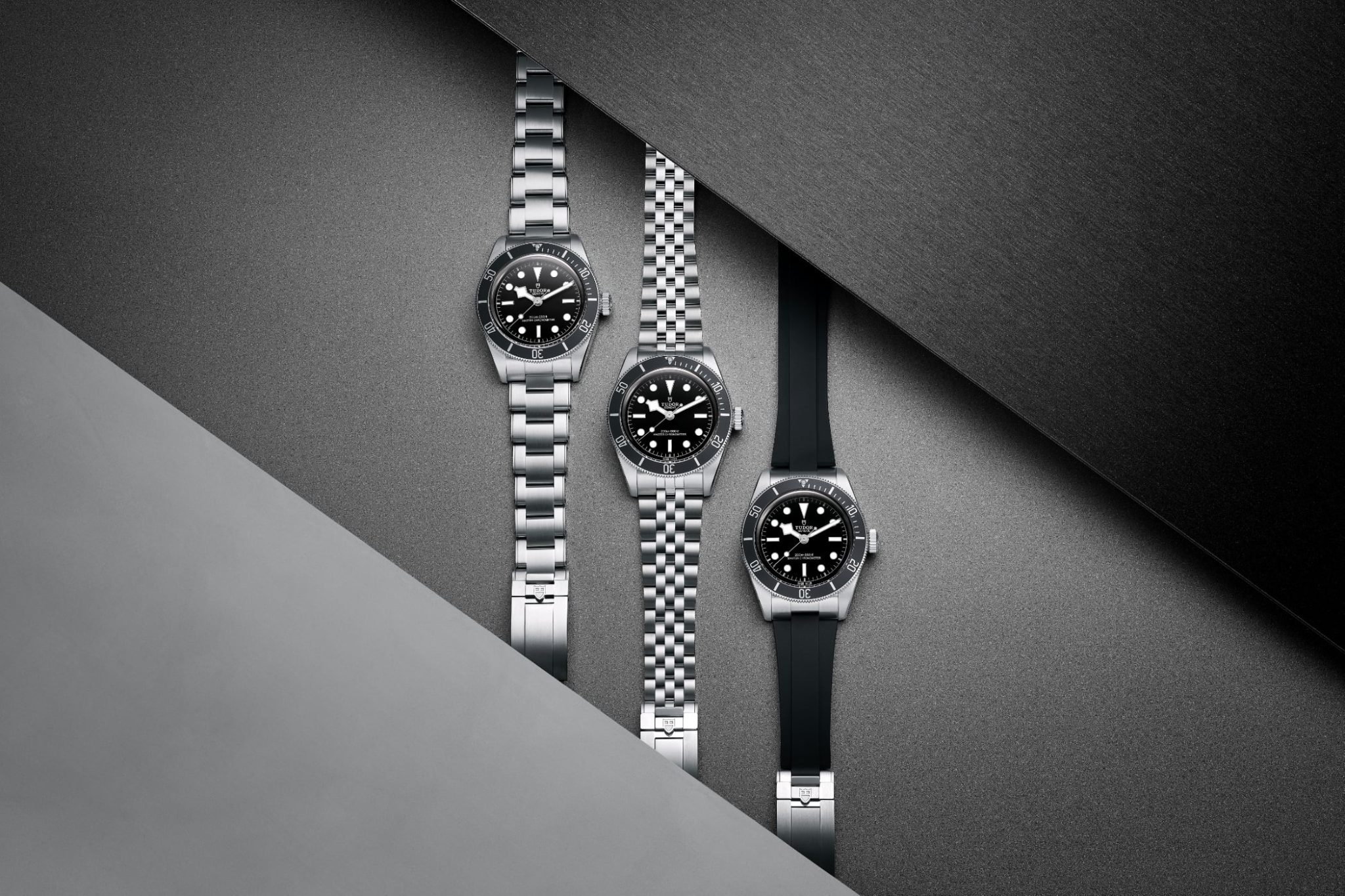
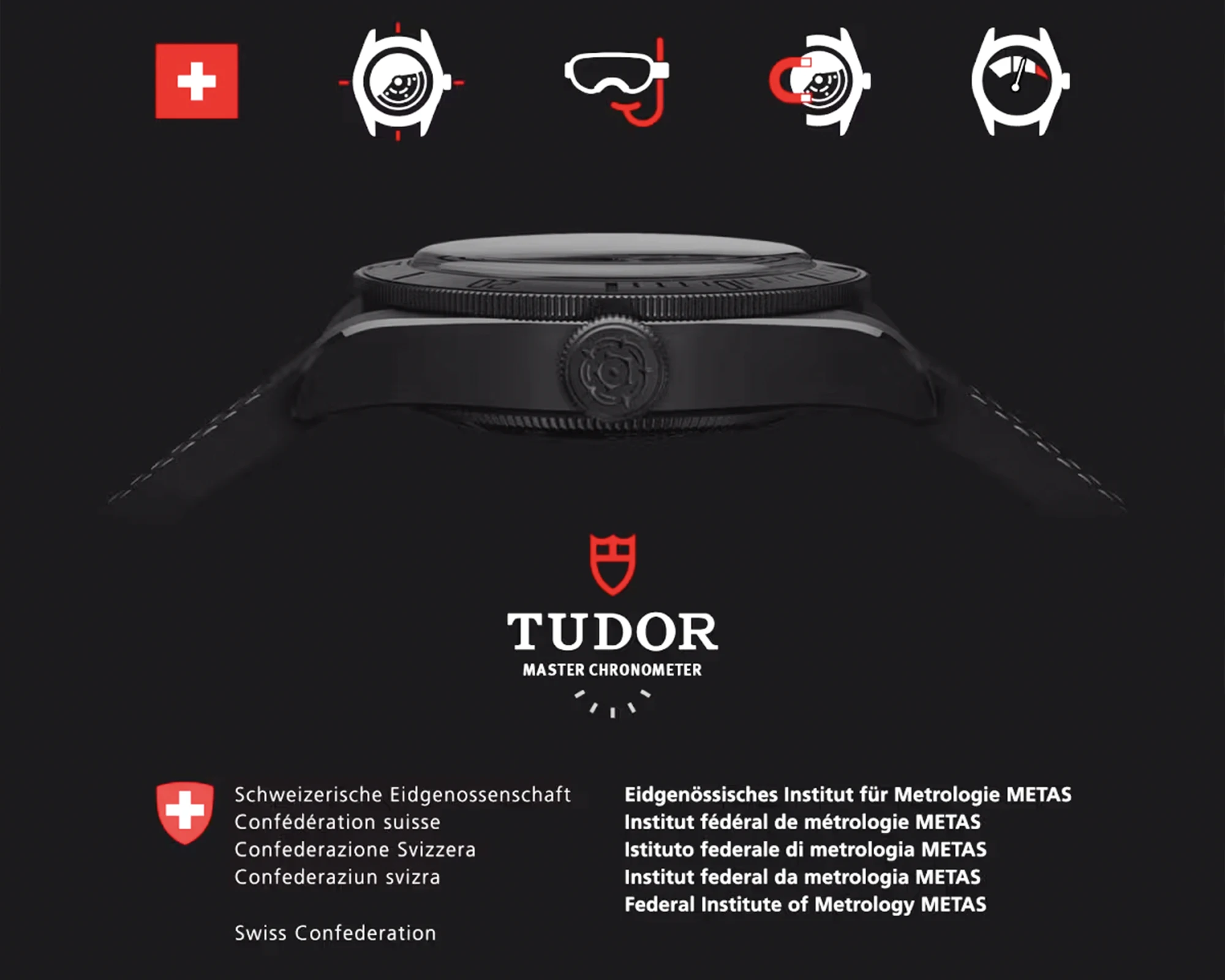
Rolex Superlative Chronometer
Established in circa 1957, the Rolex Superlative Chronometer is also an addition to the COSC certification and is applied after movements achieve the industry standard.
Whilst it’s not publicly known what exact tests are involved, Rolex tests movements in-house for accuracy, water resistance and power reserve, both fully assembled and deconstructed into parts. The outcome in accuracy terms is a variance of just -2/+2 seconds a day for five years.
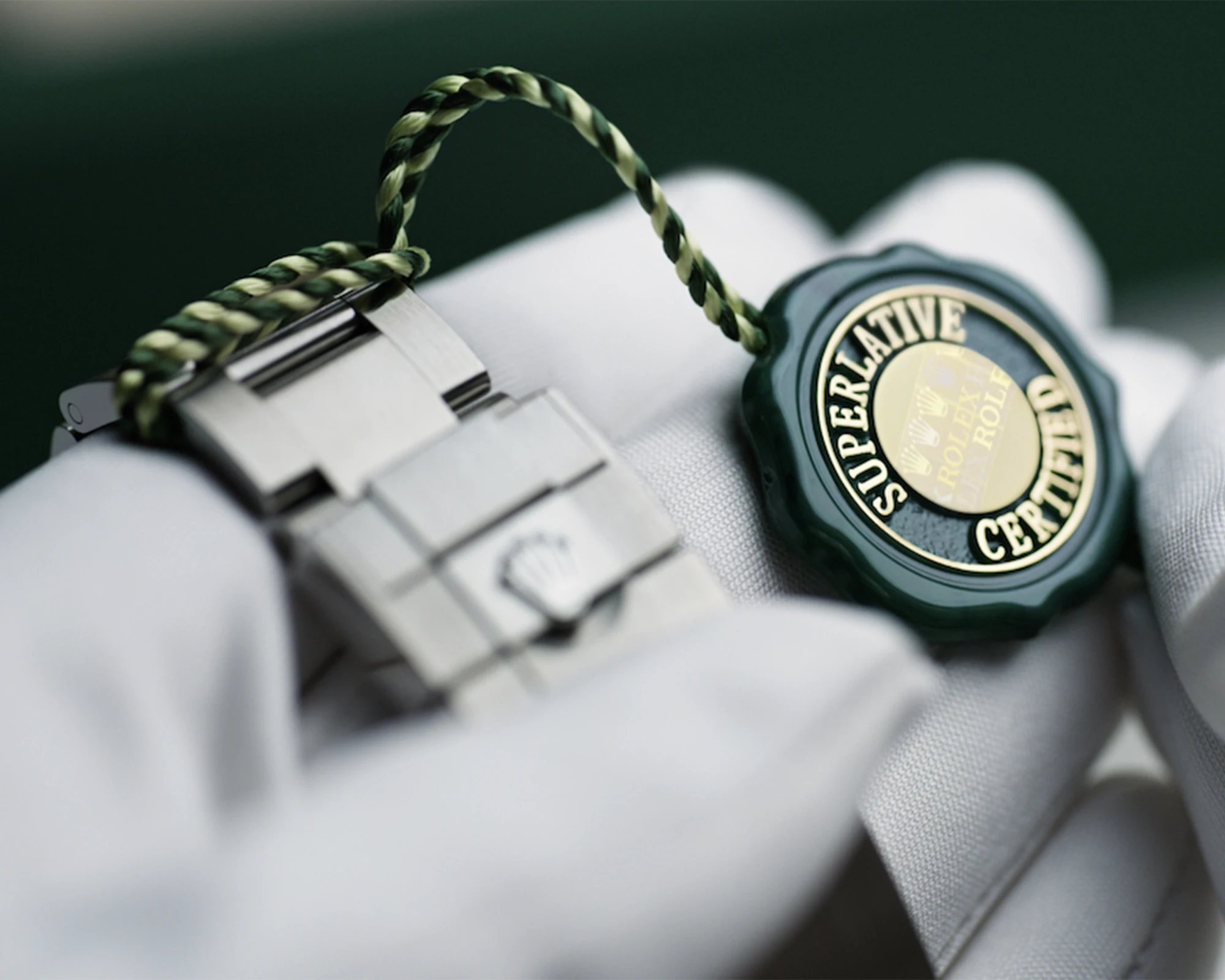
Credit: Rolex
Patek Philippe Seal
For most of Patek Philippe’s history (since 1886) the Geneva Seal was always the accompanying chronometer certification. That was until 2009 when Patek Philippe decided to cease its partnership with Geneva Seal to embark on its own entirely independent chronometer certification journey, named the Patek Philippe Seal.
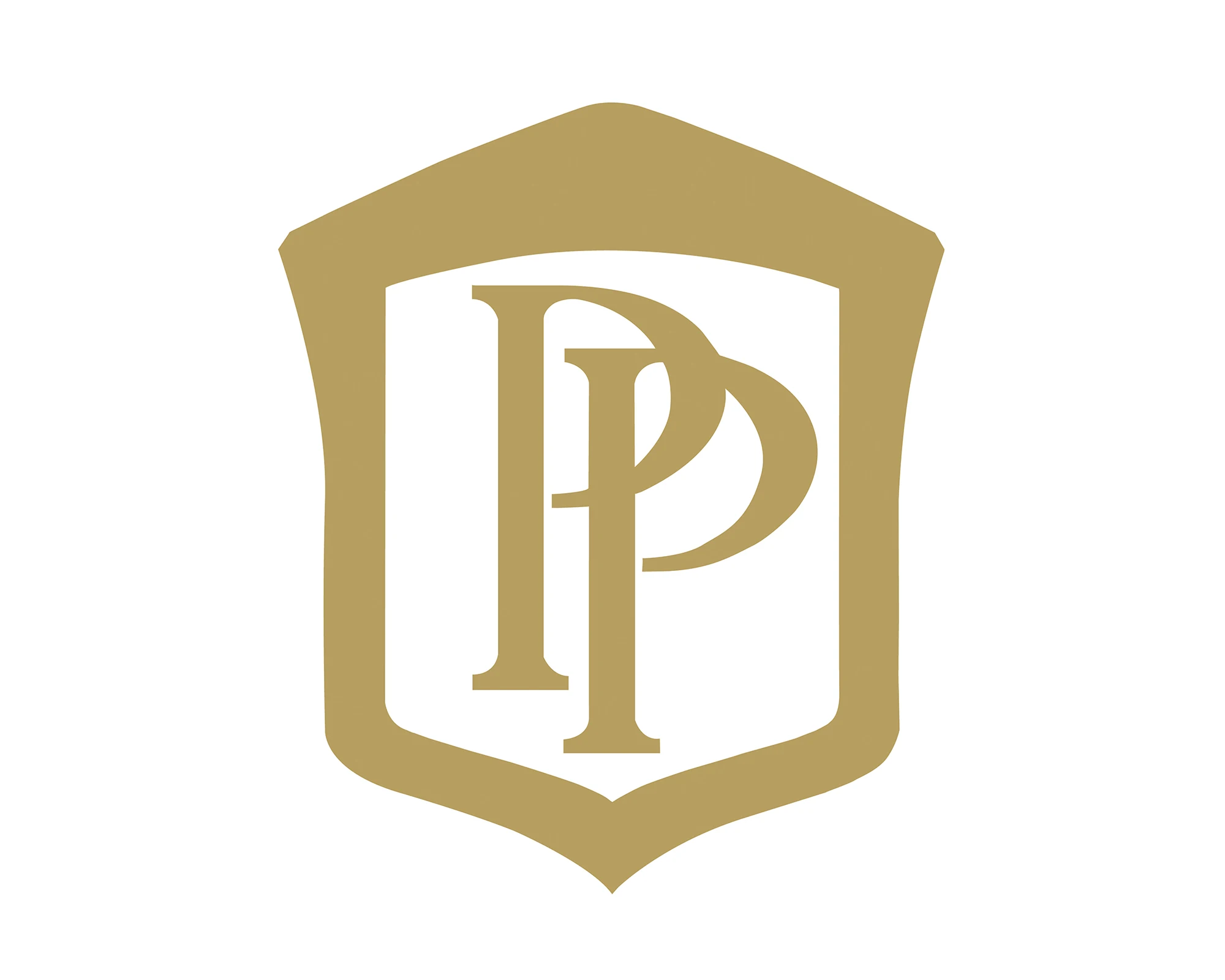
Patek states that the Patek Philippe Seal remains recognised as the strictest certification of them all. Since 2009, movements with diameters of less than 20mm required variations of no greater than -5/+4 seconds a day, and movements with diameters greater than 20mm required variations of no more than -3/+2 seconds a day. As well as this, tourbillon movements required variations of no greater than -1/+2 seconds a day.

However, since April 2024, Patek made additions to the accuracy requirements for the Patek Philippe Seal as follows: Any watch fitted with a Spiromax balance spring in Silinvar or a traditional Breguet balance spring must also comply with the same tolerance range as tourbillon movements, being -1/+2 seconds a day. This makes the Patek seal the strictest in terms of rate deviation and accuracy. Only one other series-produced watch is certified to a stricter standard than the Patek Philippe Seal: the Omega Speedmaster Super Racing, which is set to 0 to +2 seconds per day. However, this is a fairly unique and limited model, in which Omega used the new Spirate system. Patek therefore now certifies in large quantities and across entire collections.
Most importantly however, the Patek Philippe Seal applies to ‘the finished watch in its totality’. This means that instead of only the movement being tested, Patek ensures the highest standards for all other components of the watch as well, from the case to even the dial and hands. This covers important aspects of quality that aren’t related to the accuracy of the movement, such as traditional Genevan finishing techniques and water resistance, which since April 2024 has been set at a minimum of 30 metres for every watch certified as water resistant, including some grand complications. It is worth noting that despite this rating being applied to sports collections as well, the previously stated standards on models with screw down crowns remains uncompromised in reality.
Omega Laboratoire de Précision
Introduced only this year, the Laboratoire de Précision will be operated by Omega, representing the departure of the brand’s collaboration with the renown COSC laboratory which was integral for the Master Chronometer certification.
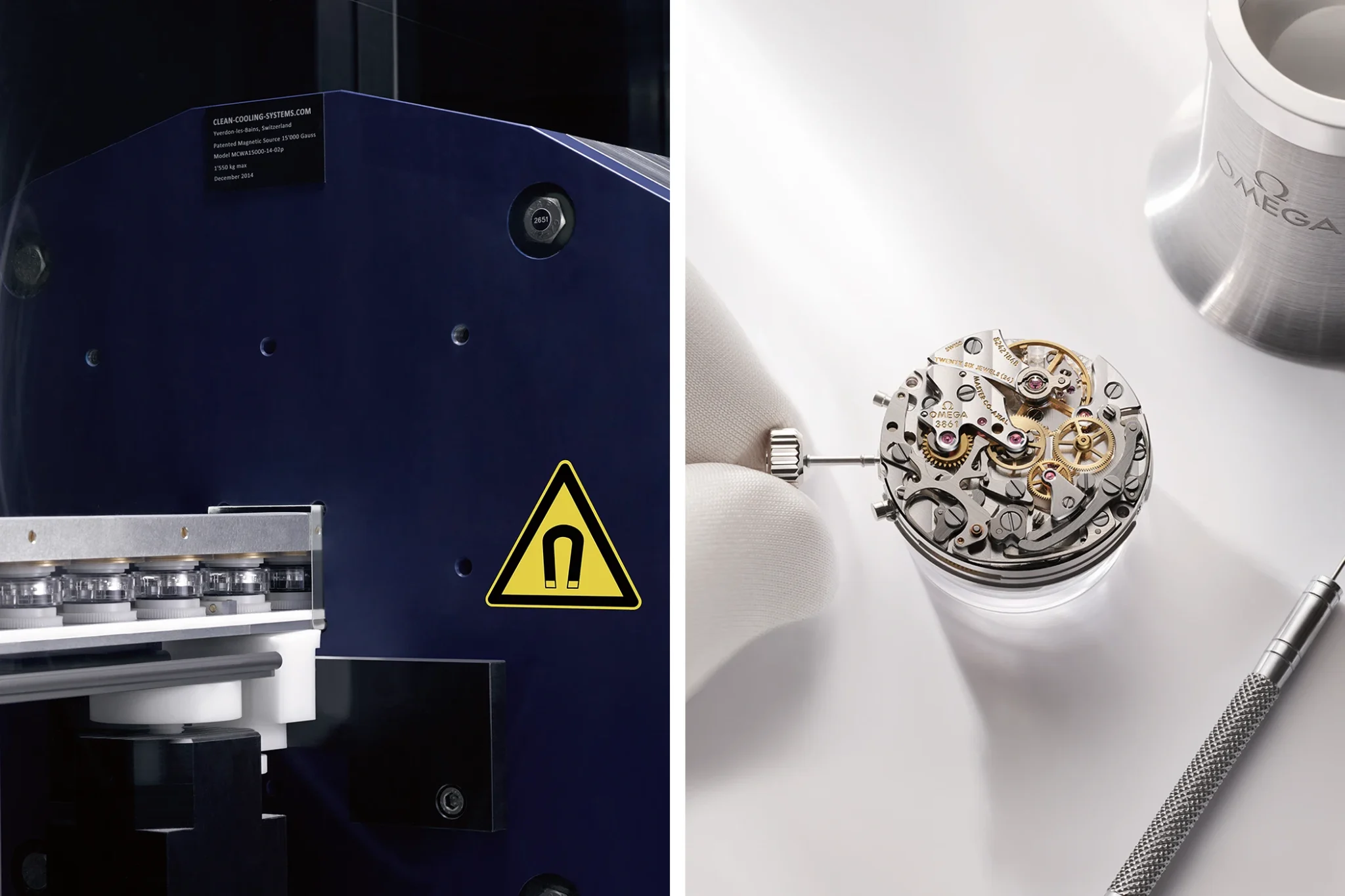
The Laboratoire de Précision has been authorised by the Swiss Accreditation Service (SAS) which is the only accredited body that can make such an authorisation for Swiss chronometer testing laboratories. As a result, it states that the Laboratoire de Précision will operate impartially and neutrally when testing movements, despite its opening and operation by Omega.
The Laboratoire de Précision will also be able to meet the standards of recent developments in Swatch Group wristwatches, such as the new Spirate system. It is also likely that the laboratory will be used to test movements produced across the Swatch Group umbrella and not just those of Omega.
Also read our article on the JCB Seal by Jean-Claude Biver (and how it differs from the Patek Seal).
